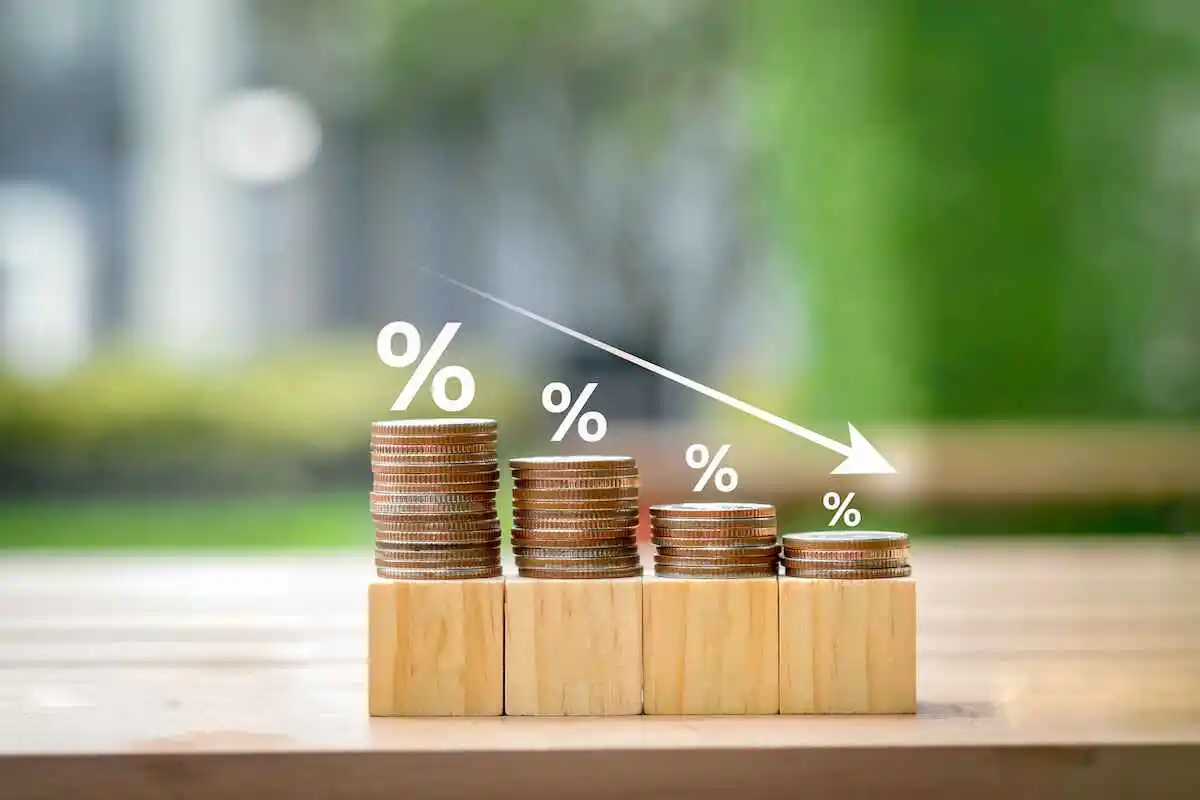Signs point to an extended decline in mortgage rates

Mortgage rates continued to recede during the past week, with the market anticipating a Federal Reserve rate cut next month and the U.S. economy showing signs of weakening.
At HousingWire‘s Mortgage Rates Center, the 30-year conforming loan rate averaged 6.66% on Wednesday. That was 11 basis points (bps) lower than a week ago and 35 bps lower than two weeks ago. The 15-year conforming rate has had an even steeper drop, falling from 6.87% on Aug. 1 to 6.11% on Wednesday.
Signs point toward further moderation in mortgage rates as the Consumer Price Index showed that annual inflation slowed to 2.9% in July. That is the slowest pace since March 2021. And the U.S. added only 114,000 jobs last month, well below expectations and roughly half of the monthly average of 215,000 jobs created during the previous year.
The recent decreases in mortgage rates are creating additional opportunities for originators. On Wednesday, the Mortgage Bankers Association (MBA) reported that loan applications jumped 16% during the week ending Aug. 9.
Refinances, which sank to historically low levels following Fed rate hikes in 2022 and 2023, grew 35% on a weekly basis and were up 118% from one year ago though they are still down 80% from the peak in 2020. Purchase mortgage applications were up 3% from the prior week but still 8% lower on a yearly basis.
“Rates on both 30- and 15-year fixed rate mortgages decreased for the second consecutive week, and combined with the previous week’s rate moves, spurred another strong week for application activity as borrowers with higher rates took the opportunity to refinance,” Joel Kan, MBA vice president and deputy chief economist, said in a statement.
A cooling economy has even spurred speculation that Fed officials might hold an emergency meeting to cut benchmark rates before their scheduled session on Sept. 17-18.
But the CME Group‘s FedWatch tool shows that interest rate traders have become more conservative in the past week. A week ago, 63% expected a 50-bps cut in September, but that share stood at 43% on Wednesday. The share who expect a 25-bps cut grew from 37% to 57% during the week.
Victor Kuznetsov, managing director of mortgage investment firm Imperial Fund, said in a statement that he does not expect an emergency rate cut.
“So, while the Fed will not implement an emergency rate cut, it has signaled that it may consider a larger rate cut in the near future, possibly in September,” Kuznetsov said.
A higher mortgage rate environment has slowed demand across the country, but possibly nowhere more than in California. On Wednesday, the California Association of Realtors (CAR) reported that “higher prices combined with elevated mortgage rates“ to push the state’s housing affordability metric to its lowest level in nearly 17 years during the second quarter of 2024.
Only 14% of prospective homebuyers in California in Q2 2024 could afford the $906,600 price tag for a median-priced, existing single-family home. That compared to about one-third of U.S. households that could afford a median-priced home of $422,100, CAR reported.
Meanwhile, an updated housing market forecast released Wednesday by Realtor.com proclaimed that the “long-awaited mortgage rate relief“ had finally arrived, prompting sunnier predictions for 2024 as a whole. The company’s year-end mortgage rate forecast was revised downward to 6.3%, while its full-year expectations for existing-home sales and single-family housing starts were revised upward.
“During the first half of this year, we have seen home buyers continue to remain sensitive to mortgage rates, and while home sellers are also affected, the binds of the mortgage rate lock-in effect appear to be loosening for some homeowners,“ Realtor.com chief economist Danielle Hale said in a statement.
“These trends mean that home sales in 2024 will eke out only a small gain over 2023, but homebuyers have a fair amount to look forward to in the latter part of the year. Mortgage rates have finally begun to ease, and this trend is expected to continue as improving inflation enables the Fed to relax its tight policy, boosting homebuyer purchasing power.“







































































